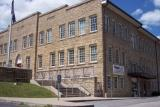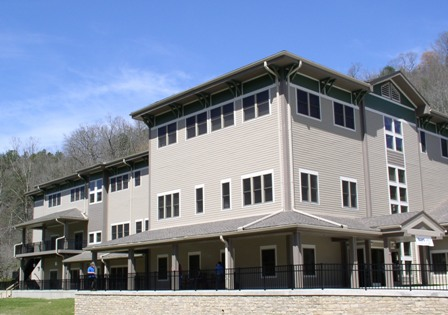Academics
Hazard Community and Technical College is part of a 16-school network of similar institutions throughout the state of Kentucky. The Hazard Community College was founded in 1968 and took on its present name in 2003. The school operates six campuses throughout southeastern Kentucky. Three campuses operate in Hazard. The Leslie County Center, Knott County Branch and Lees College are all extension centers for the main campus on Highway 15 in Hazard.
HCTC offers associate’s of art or science degrees, as well as certificates and diplomas. The certificate and diploma programs prepare students to immediately enter the workforce with valuable skills. The associate’s degree programs can either launch a career or provide a stepping stone to a four-year institution.
The Business Administration Program offers students a variety of options as far as courses of study. Students can take the fast track and earn a diploma in small business management. Certificate programs are available in everything from accounting to supervisory management. The most comprehensive business program is the associate in applied science degree. With the AAS in hand, students can step directly into management positions or continue their studies at a four-year institution.
The nursing and health sciences programs are among the most frequently chosen majors. Students can earn their certificate as nursing assistants in less than two years. The Nursing Integrated Program allows students to pursue the LPN track or the RN track. Graduates of the program can seamlessly transfer to a four-year school and work towards their baccalaureate degree. All nursing programs are rigorous, require extensive field work and the successful completion of one or more standardized tests, such as the NCLEX.


